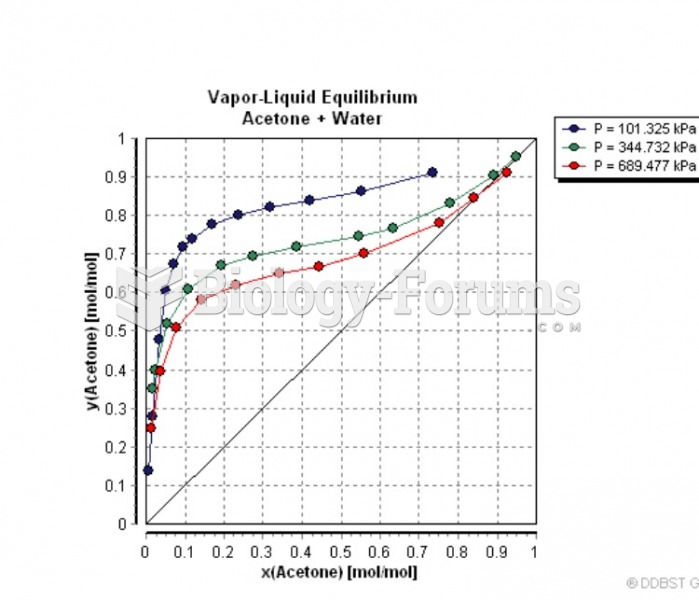|
|
|
In 1835 it was discovered that a disease of silkworms known as muscardine could be transferred from one silkworm to another, and was caused by a fungus.
According to the National Institute of Environmental Health Sciences, lung disease is the third leading killer in the United States, responsible for one in seven deaths. It is the leading cause of death among infants under the age of one year.
Astigmatism is the most common vision problem. It may accompany nearsightedness or farsightedness. It is usually caused by an irregularly shaped cornea, but sometimes it is the result of an irregularly shaped lens. Either type can be corrected by eyeglasses, contact lenses, or refractive surgery.
According to research, pregnant women tend to eat more if carrying a baby boy. Male fetuses may secrete a chemical that stimulates their mothers to step up her energy intake.
There are more nerve cells in one human brain than there are stars in the Milky Way.
 In 2009, historian Woody Holton described how Abigail Adams shrewdly invested in the Continental Con
In 2009, historian Woody Holton described how Abigail Adams shrewdly invested in the Continental Con
 A PCV valve shown in a cutaway valve cover showing the baffles that prevent liquid oil from being ...
A PCV valve shown in a cutaway valve cover showing the baffles that prevent liquid oil from being ...
 Clear the popliteal catchment area. Stand next to the recipient’s knee, and face the head of the ...
Clear the popliteal catchment area. Stand next to the recipient’s knee, and face the head of the ...




